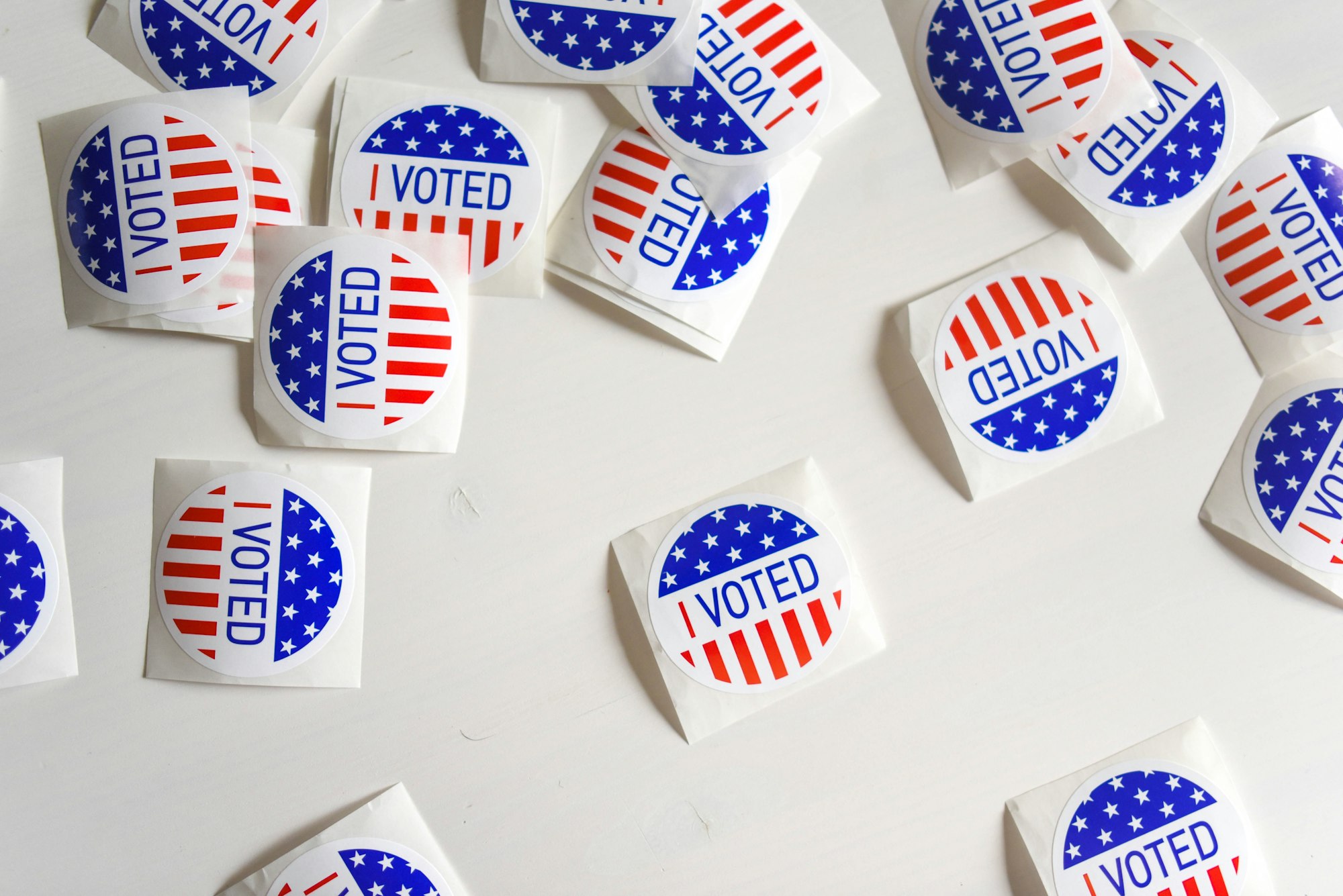The country's status on election day is impossible to predict. Even as some states begin reopening public venues and relaxing social distance requirements, future waves of coronavirus are expected at the start of flu season and are poised to keep many people away from the polls. Some counties will inevitably try switching to mail-in ballots, but this comes at a cost and has its own slew of security issues.
Mobile Voting
The idea behind mobile voting is simple - people cast their election vote using a smartphone or other electronic device - but actually developing a voting solution that is safe and secure is both complicated and daunting. The challenges, though not particularly unique, can have truly disastrous consequences if they aren't dealt with properly.
Mobile voting in U.S. federal elections have so far been a debacle. An abundance of vulnerabilities in one popular voting platform has spawned discussions about oversight and generated tension between security researchers and voting app makers. For any platform to be successful, it must deliver a solution that meets security requirements with zero compromise.
Identity Verification
Successful verification systems exist already, but as more personal data continues to be compromised, the easier it becomes to impersonate an individual. In the realm of U.S. voting, identification is still largely based on signature comparison and facial recognition. Computers have gotten good at this (arguably better than humans) but the bar for counterfeit is lower, and so are the risks and consequences for anonymous criminals halfway around the world.
Fraud Prevention
Once a voter's identity has been validated, the vote must still be protected from fraud. Malware running on the device can cast the vote and change the message displayed to the user, who would never know that something was amiss. On the backend, it would be impossible to tell the difference.
Authentication tokens can also be intercepted in transit and used to impersonate the voter, without any software or malware installed and running on the device. Equally important is the protection of votes from manipulation after they have been cast, such as by modifying a vote already stored on a database. (Blockchain, heavily touted by some, can help but certainly doesn't solve everything).
Privacy
Each vote must be anonymized, protected in transit, and protected at rest along with personal information that is shared for identity verification. Even with a well protected backend, it is impossible to guarantee that a device has not been compromised and that information is not being siphoned elsewhere. Privacy must also be balanced with essential elements, such as auditing and logging, which are required for both effective security and for operational debugging.
Service Disruption
It's easy to imagine a disruptive attack on backend servers or communications infrastructure that would prevent people from voting. The disruption can be universal, or it might consist of multiple localized, small-scale attacks which are more difficult to detect but can nonetheless affect the outcome of an election. Such an attack need not be launched by an enemy states (although that is a possibility). It can also be initiated by terrorists, random activists, or anyone simply wishing to alter election results.
What Next?
New ways to leverage PKI are to starting to emerge as are voting frameworks from reputable companies. The question to ask is whether the technologies will ever be safe enough to use when the stakes are so high. For November 3, it might be a better idea to rely on a good facemask.

